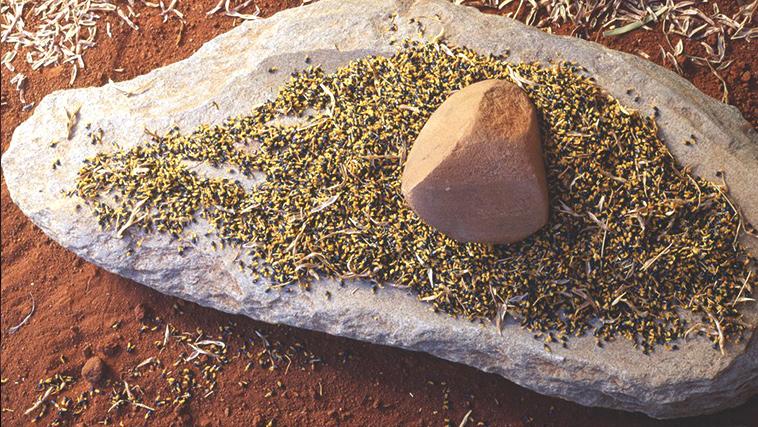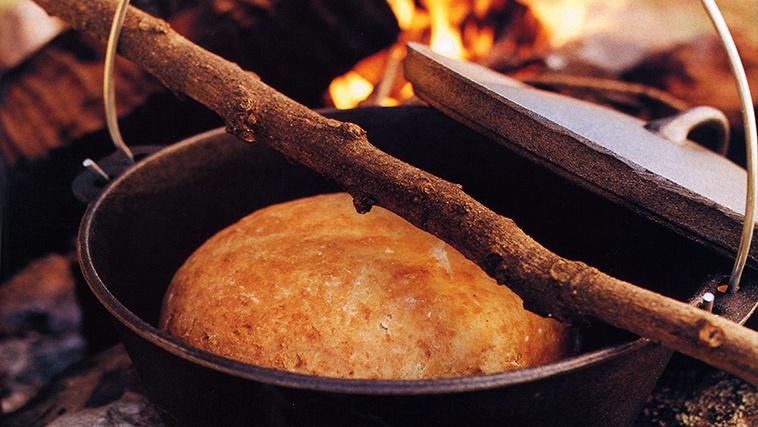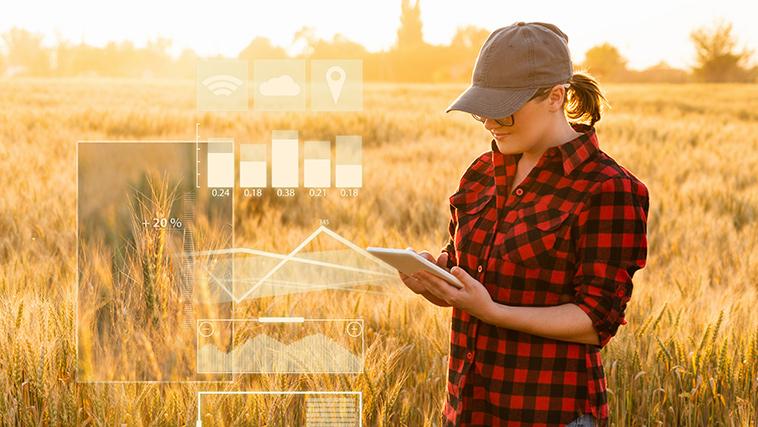Each story can stand alone as an information source, inspiration for research, or starting point for class discussion. However, students will gain even more through examining the similarities and differences between them.
Designed for years 7 to 12 geography and science.
Themes
Sustainability | Environmental worldviews | Food and fibre | Indigenous values
Learning outcomes
Students will:
- Compare 3 different environmental worldviews
- Examine how they affect agricultural practices and the environment
- Consider the merits/drawbacks of one hypothetical future for the Murray–Darling Basin.
Curriculum relevance
Year 10
- All of Unit 1: Environmental change and management (ACHGK070, -071, -072)
Year 9
- All of Unit 1: Biomes and food security (ACHGK061, -062, -063, -064).
Year 8
- Management and planning of Australia’s urban future (ACHGK059) (Story 3)
- Human causes and effects of landscape degradation (ACHGK051)
- Reasons for, and effects of, international migration in Australia (ACHGK058) (Story 2)
How to use this resource
Read – Respond – Discuss
These stories can be used in many ways, but it is advisable to read (either one or more of the studies) first, respond (see some suggested questions/topics below), then discuss (as a group or class) to compare or contrast thoughts and findings.
Start here
Students could reflect individually on the important information in the material, before discussing with another student (e.g. via Skype or phone). Alternatively, a parent can read the material and share their learning with their child. Then, pairs of students or student-parent pairs can record a short video or audio clip and post in a location of common access for their teacher and other students, who watch and/or listen to all classroom pairs after the exercise is completed.

Story 1 - our first bakers
A journey into Grass Country shows the sustainable way Australia's First Nations people made bread.
Read the story of our first bakers.

Story 2 - our daily bread
A staple foodstuff in the early colonial days helped the colonists survive, then thrive.
Read about the daily food from early colonial days.

Story 3 - feeding the future
In the Murray–Darling Basin of the 2050s, the past and present meet in a simple loaf of bread.
Have a look at the food technology of the future.
Discussion questions
The first bakers
- Why was native millet such a good source of food? List as many reasons as you can.
- Why do you think people like Kirra were able to harvest grain from areas that are not farmed today?
- Extension: What practices can you see that help explain the resilience and longevity of Aboriginal presence in the Murray–Darling Basin?
Our daily bread
- Why did the colony struggle with food production in the early stages?
- How did these problems cause flow-on effects for Aboriginal inhabitants of the Basin?
- Why do you think the colonists ignored Aboriginal agricultural methods, even when early explorers had documented them?
- Extension: What explains the shift in fortunes for the colonists – from near-collapse to rapid development?
Feeding the future
- There are several future technologies which exist in this story. Make a list of all you can identify.
- What problems could these innovations solve?
- Other than technologies, what practices are new in this time?
- Extension: What attitudes in this story seem different from our own time?
Feedback
We welcome comments and feedback on this resource. Please email engagement@mdba.gov.au.
About
These stories were produced in Adobe Express. This web app is free for student use, and students may wish to produce their own Adobe Express story to communicate their work.
Last updated: 9 November 2023